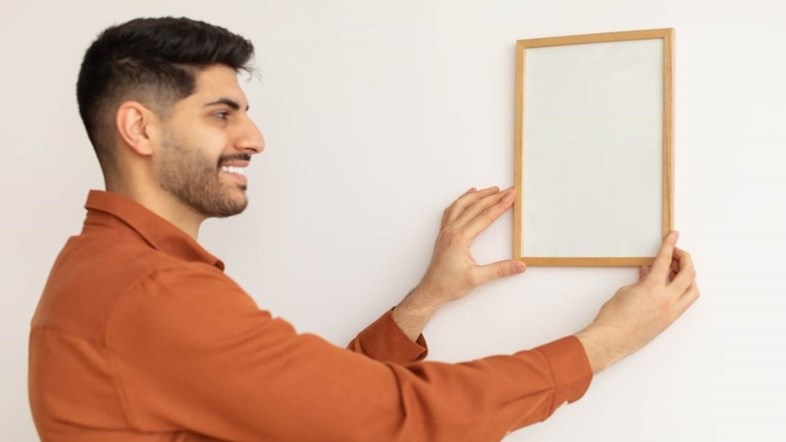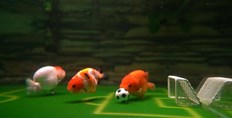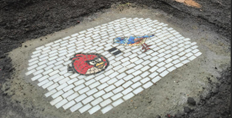The Joyride Blog
Weird Wide Web - Invisible Art: Waste of money or great investment?─── 14:46 Wed, 20 Apr 2022

An undisclosed private art collector in Europe recently made more than $1 million go “Poof!” by purchasing a receipt for invisible artwork at an auction.
Wealthy people tend to purchase things most average earners would never understand. But this purchase really caught us off-guard! According to ripleys, an art collector spent more than $1 million on artwork that is invisible! The artwork itself is more puzzling than the price paid for it, because the artwork is actually an invisible receipt of the invisible artwork. The collector didn't buy the painting at all, but actually bought the receipt.
ALSO READ: Weird Wide Web - Pawesome Paintings
The invisible artwork and receipt were created by French artist Yves Klein, who turned out to be a man well ahead of his time. In a sense, you could say he dabbled in NFTs before NFTs were cool (or even existed). And since computers still took up entire buildings when he achieved fame in the mid-20th-century, the notion of selling an artistic concept that could never be physically (let alone digitally) possessed proved highly innovative and provocative. After all, owning NFTs comes with bragging rights, and the same can be said of the imaginative zones “crafted” by Klein. Here’s what you need to know about the million-dollar auction and the art behind it.
AN ARTIST WITH AN INVISIBLE VISION
Art collectors generally want to leave auctions with the pieces they bid on in hand (or at least in transit with a hefty dose of insurance). But for those who appreciate the work of Yves Klein, the masterpieces came in the form of the sales transaction itself.
Klein created an innovative and entirely imaginative series known as Zones of Immaterial Pictorial Sensibility. The series included an artist’s book and a performance by Klein with each receipt. He created eight of these so-called “zones” from 1959 until his death on June 6, 1962. If you’re wondering how Klein verified the existence of invisible artwork, you’re far from alone. Interestingly, he used a ritualised method. Read more on this story by clicking here. One thing to note though is that "invisible art" is actually a thing. This article and the video below should explain this a bit further, and by "explain", we mean point out how weird this whole thing really is.
Weird Wide Web - Invisible Art, waste of money or great investment?:














